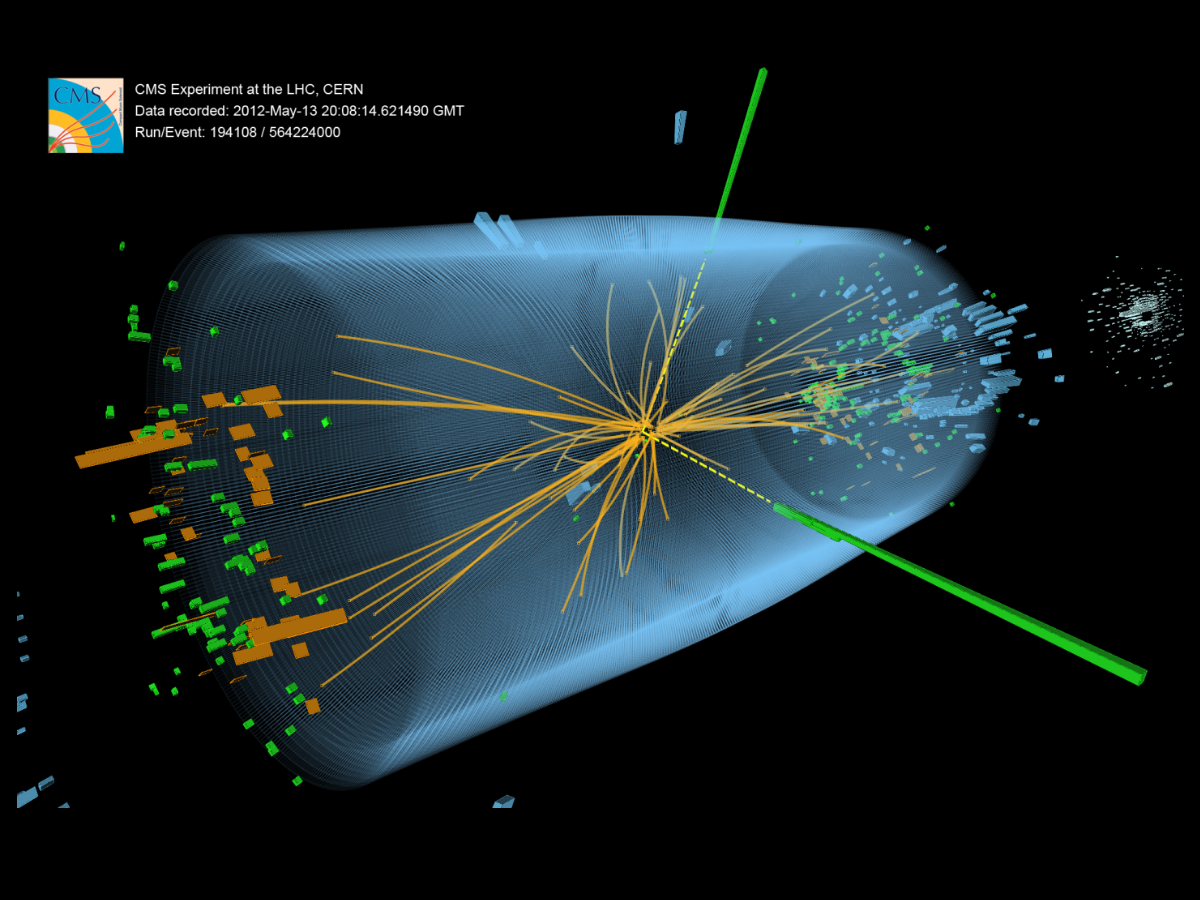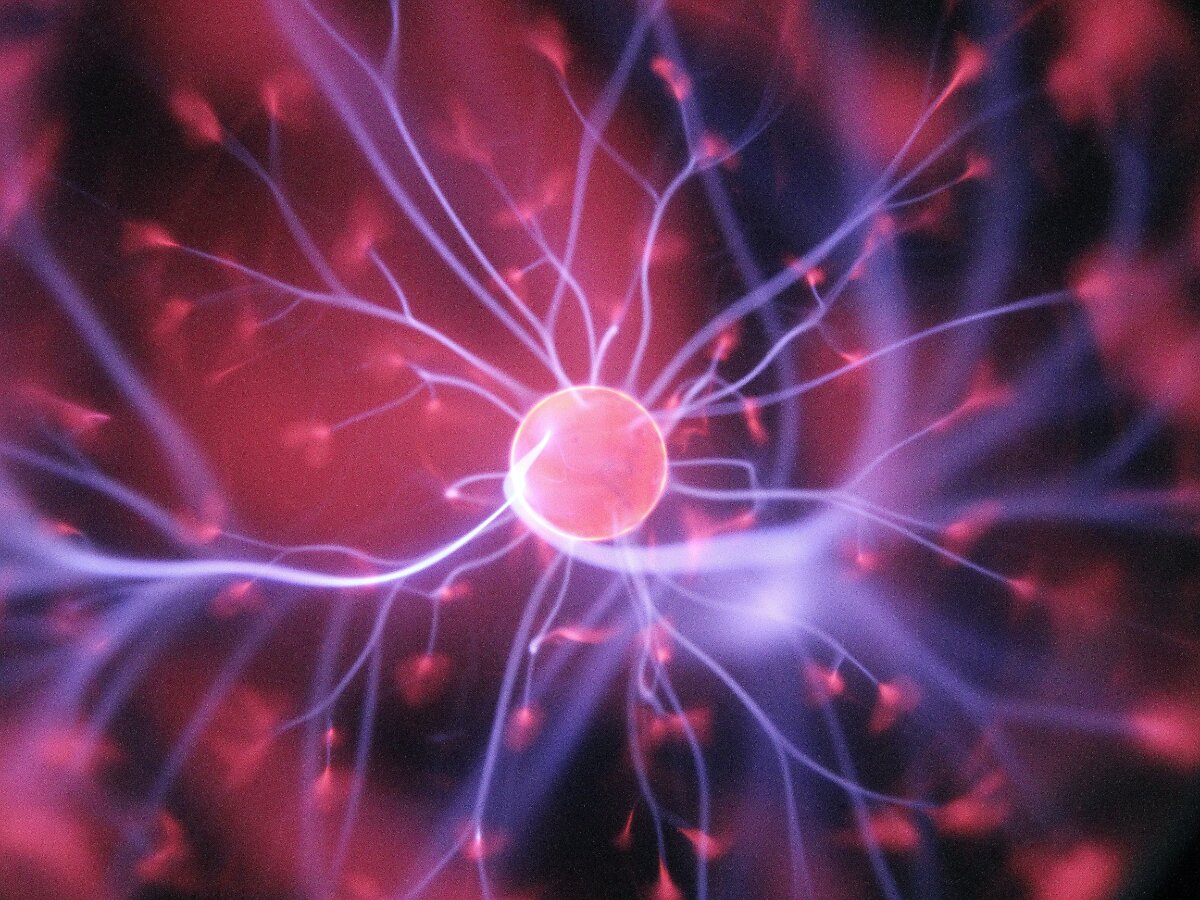The Higgs Boson plays a significant role in the field of subatomic physics. This is why it’s referred to as the ‘God particle’. It is one of the seventeen elementary particles. All of these particles form the Standard Model of particle physics. The Standard Model explains the behaviors of the most basic building blocks of the universe.
After five decades of search, the Higgs Boson was among the last of the elementary particles to be discovered. The Higgs Boson has come a long way right from its theoretical origins to its discovery in 2012.
The discovery of Higgs Boson
The European research organization, Conseil Européen pour la Recherche Nucléaire (CERN), operates the world’s largest particle physics laboratory. It was instrumental in building Large Hadron Collider or LHC in 2008. One of the major motivations behind building it was to discover Higgs Boson.
When the LHC began its operations, scientists knew that Higgs had a mass greater than 114 billion eV. Physicists measure the mass of particles in electron volts (eV). For example, the mass of a proton is 938 million eV. If Higgs Boson had a smaller mass, it could’ve been discovered by the particle accelerators that previous generations used.
The LHC was highly efficient and was coming up with an increasing number of measurements. This led to the Higgs Boson discovery with a mass of around 125 billion eV. On the 4th of July 2012, a formal announcement was made about the discovery. This received plenty of media attention as it was first proposed almost fifty years back.
The physicists behind Higgs Boson
Robert Brout was among the three scientists behind the prediction of Higgs Boson. He died just over a year before the discovery. In 2013, the Nobel Prize for physics was awarded to the other two, Peter Higgs and Francois Englert. They had made the theoretical discovery of a mechanism, which helped in understanding the subatomic particles’ origin of mass.
Its confirmation came through the discovery of the predicted fundamental particle. More than 30 million particle decays that took place in the LHC were analyzed before the discovery was made.
Higgs Field Theory
The world-renowned equation of Albert Einstein is E = mc2, where m is mass and E is energy. Mass is one of matter’s most basic properties. It’s a quantity that determines the amount of resistance an object offers with the application of a force to it. The ‘c’ in the equation is just a constant, which is the speed of light. So, the equation says that energy and mass are same except for a change of the units of measurement.
The human body has this binding energy, which holds the fundamental particles together inside the atoms. This is true in the case of any object in the real world. How these objects get their mass is the question here. The theoretical physicists came up with a possible answer in the 1960s. Peter Higgs from the University of Edinburgh was one of them.
The mechanism that these physicists proposed involves the ‘Higgs field’. This is an invisible field, but it’s all-pervading. Elementary particles get their mass through their interactions with the Higgs field. As this field don’t affect all the different particles in the same way, they have different masses.
Explanation of the Higgs Boson
Peter Higgs had submitted his original paper about the Higgs field on the 31st of August, 1964. It didn’t have a name during the time of its submission to the Physical Review Letters. Another paper was published on the same day by the Belgian physicists Robert Brout and Francois Englert. It gave the description of essentially the same theory.
When this came to Higgs’s attention, he made the necessary modifications in his paper for including another prediction. It was about the association of a new elementary particle with the Higgs field. It was a part of a class of particles, the ‘bosons’. This elementary particle would have a mass that’s extremely high. Later the world would come to know it as ‘The Higgs Boson’.
The Higgs field theory gave an excellent explanation for the mass of elementary particles. The question was about its correctness and the obvious way of verification was observing a Higgs boson. At the time, it wasn’t easy. There were stability issues with the Higgs boson and there was a need for something powerful to create it.
Within a tiny fraction of a second, it would disintegrate into other particles. Physicist Brian Greene had explained this while writing for Smithsonian Magazine. By the subatomic standards, its huge mass meant that only super high-energy collisions could create it. This later became a possibility with CERN’s Large Hadron Collider.
The God Particle
Of course, the Higgs boson doesn’t have a catchy and evocative term in the world of high-energy physics. In the world outside high-energy physics, many physicists refer to it as the ‘God particle’. This was the title that authors Dick Teresi and Leon Lederman gave for their 1993 book on the subject. According to these authors, they chose the title because the publisher didn’t like its earlier title ‘Goddamn Particle’.
In fact, many scientists are not in favor of the ‘God particle’ moniker. Nevertheless, the fact remains that the Higgs boson is of enormous significance. It was the final piece of the jigsaw of the Standard Model. Besides, it has the potential to help scientists in unlocking further mysteries.
Higgs boson in recent times
The Higgs boson has many surprises in store for scientists across the world. One can learn more about its ways of working with the help of careful observations. The different ways it decays into other particles is worth observing. The Higgs boson also decays into a completely different particle class known as ‘muons’.
Generally, the Higgs boson decays into quarks but muons also get their mass through the Higgs mechanism. The God particle might have even more surprises for everyone in the days to come. Many are of the opinion that there might be an entire family of Higgs bosons. Some of them may be much more greater than the one that was discovered.
If Higgs boson had a mass significantly greater, it would’ve signaled trouble for the universe. This suggestion had come from a recent research. It explained that in such a situation, the universe might’ve ended in a catastrophic collapse. Other parts of the multiverse might’ve met such a fate, but our universe still goes on.





